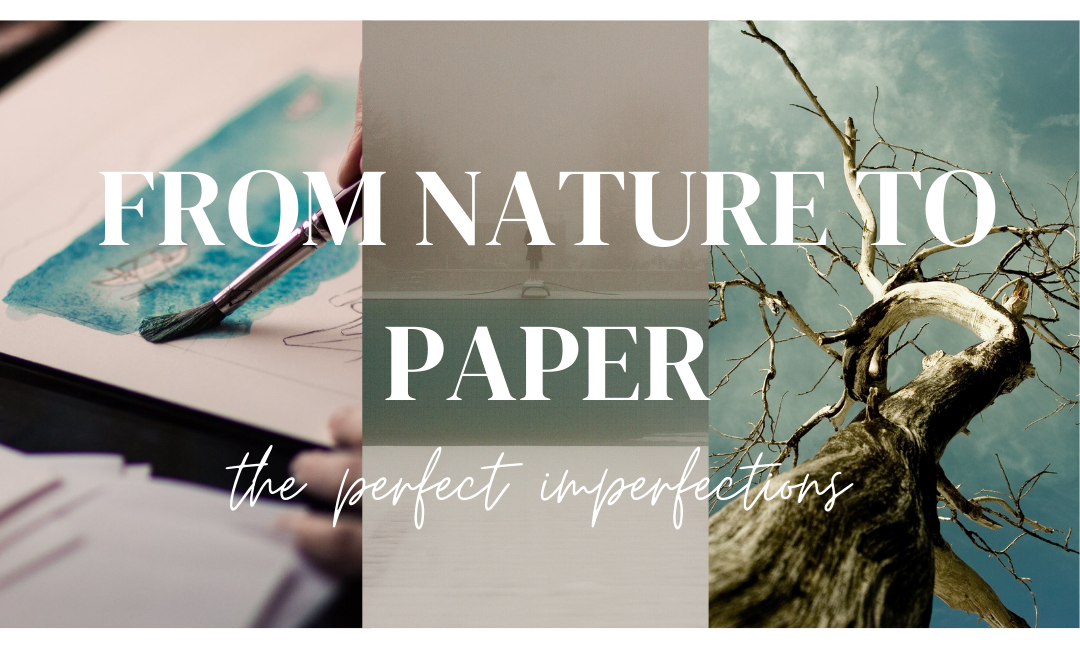Author: Emily Sheng
Editor: Emily Usprich-Couture
Graphic Designer: Emily Sheng
Publisher: Jumana Ismail
Have you ever tried to draw something from memory or without a reference before? It can be quite difficult to do, especially if you want to draw something organic, like nature. If you had to draw a tree, it would be pretty simple, right? However, as it turns out, a lot of our ideas and visions of things have been simplified because of the media or because we see them so often that they become generalized.
Most of us would draw a tree like this:
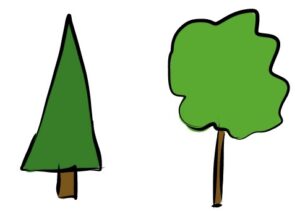
We instinctively associate certain words such as “tree” with these generic and perfect images, because this is what we see the most of. Brown trunk, green leaves, that’s what defines a tree. Because of this, when trying to recreate these images through drawing, painting, or any other form of visual art, many people tend to create something very perfect and generic. For example, here is the classic pine tree:
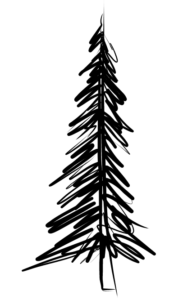
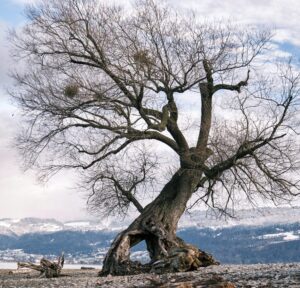 The trunk is smooth and straight and the crown of the tree is like a triangle. While this is usually what a pine tree usually looks like according to the media, if we actually look outside at a real pine tree, that’s not the case. Trees in nature don’t have straight trunks or perfect crowns. They have lumpy bits and missing chunks, short branches and leaning trunks. They don’t look like a green triangle or a green ball on a brown rectangle, and most importantly, they are not perfect. And that’s okay.
The trunk is smooth and straight and the crown of the tree is like a triangle. While this is usually what a pine tree usually looks like according to the media, if we actually look outside at a real pine tree, that’s not the case. Trees in nature don’t have straight trunks or perfect crowns. They have lumpy bits and missing chunks, short branches and leaning trunks. They don’t look like a green triangle or a green ball on a brown rectangle, and most importantly, they are not perfect. And that’s okay.
Imperfection is what makes nature so beautiful and special. It makes each tree, rock, and animal unique, and those missing parts and awkward angles tell a story. So when you’re drawing something like a tree and you’re aiming for realism, try making the trunk slanted and bumpy, the crown void of leaves on one side, or the bark slashed and overcome with lichen. A leaning trunk shows that perhaps the tree had suffered through a very windy storm. A tree missing half of its leaves suggests that it might not be in good health. A tree covered in lichen reveals that the tree resides in a sunny and wet place. These details will make your tree or whatever you’re creating seem special and realistic.
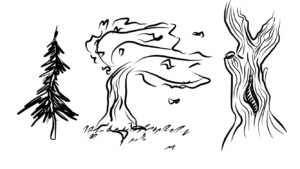
Aspects such as colour also often get simplified to basic hues. The default colour of something like the bark of a tree is brown. It’s almost like your brain unconsciously assigns labels to the things we see daily. Every time you pass by a tree, you might automatically assign a “brown” label to the trunk. After taking a closer look, the trunk may very well be brown, but it also might not be. Perhaps it’s a shade of dark purple or has a greenish tint from a light layer of lichen. Trees like birch might not always be white either. Maybe it’s slightly golden in the sun, or ghostly blue under the moonlight. Different colours can bring vibrancy into your piece of art.
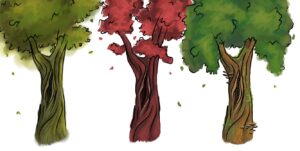
The best way to see these imperfections is to go out for a walk. Surround yourselves in the very setting you will draw or paint, and pay attention to those flaws. Nobody really likes it when people point out their mistakes, but nothing is perfect. Nature is flawed, and it is those very flaws people neglect that make its beauty infinite.
Sources:
- Tree photo- https://images.unsplash.com

